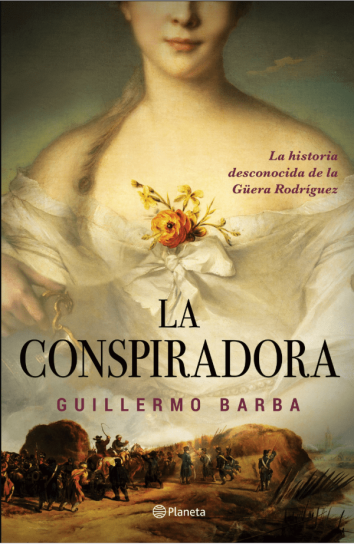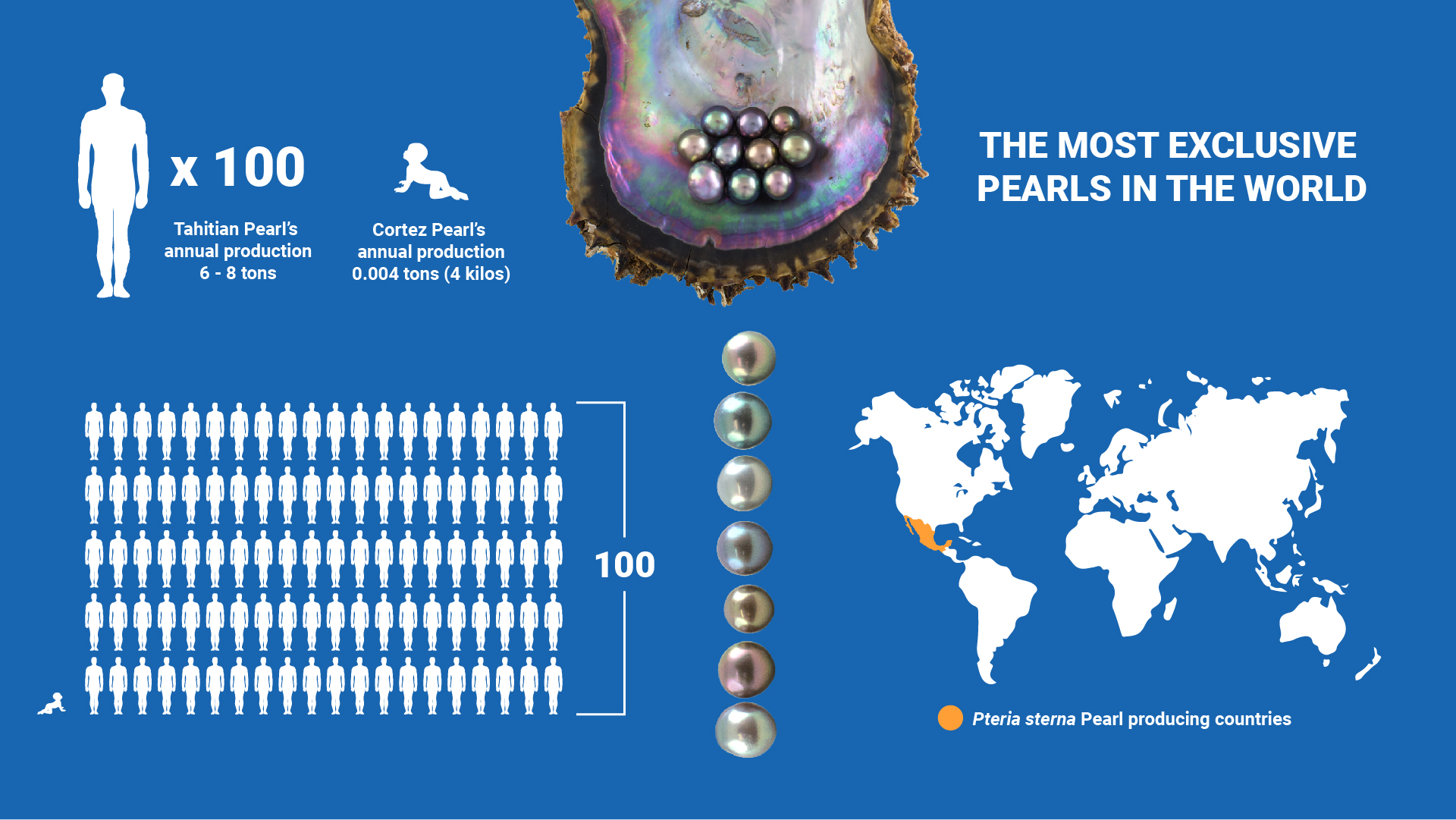The unknown story of La Güera Rodríguez
Excerpt from Guillermo Barba's book, La Conspiradora, Planeta editorial

The pompous ceremony was attended by the best of society wearing their best clothes. Dozens of well-uniformed lackeys carried silverware and the best wine available as nobles and authorities lined up to present themselves with the new rulers. The viceregal couple was at the back of the room: he was in his sixties, slim and grim, and she, although in her thirties, seemed older, since neither her figure nor her clothes were graceful.
La Güera looked nervously at Dona Inés as she greeted the ladies and gentlemen, who seemed to compete in flattery and compliments. When his turn came, he noticed a slight error in the lady’s arrangement and immediately came up with an idea to take advantage of the situation. At the conclusion of the ceremony, he steeled himself and went to her; Taking her hand, she handed her some pearl earrings in the shape of tears that matched a necklace and bracelet, also made of pearls.
La Güera looked nervously at Dona Inés as she greeted the ladies and gentlemen, who seemed to compete in flattery and compliments. When his turn came, he noticed a slight error in the lady’s arrangement and immediately came up with an idea to take advantage of the situation. At the conclusion of the ceremony, he steeled himself and went to her; Taking her hand, she handed her some pearl earrings in the shape of tears that matched a necklace and bracelet, also made of pearls.
“Your Excellency, do me the honor of wearing these,” he said respectfully. It is our duty to emulate your taste in dress, but it would not be wise to wear disparate earrings. The viceroy scrutinized her without understanding. With a slight grimace, Güera suggested that she pay attention to her earrings, so that, putting her hands to her ears, Dona Inés discovered that she was wearing different earrings. “Your Excellency wears emeralds on one side and rubies on the other,” La Güera mentioned with a friendly smile. “How distracted!” He exclaimed, laughing at his carelessness. And you, how considerate to say it; no one had dared. “They’re not doing it out of malice, believe me, we’re used to the most outlandish oddities.” In addition, wearing pearls will provide you with a better reception in the kingdom. The viceroy asked for an explanation. “It’s a very funny story,” Güera commented, trying to pique his curiosity, “that due to the fatigue of the trip, he will surely not be in the mood to listen now.” “Nothing,” the viceroy replied enthusiastically; to mitigate the giddiness of the carriage it is necessary to clear the mind with entertaining stories. Immediately Dona Ines pretended a headache and retired to an adjoining room, making Güera accompany her; They were followed by Dona Joaquina Aranguren, a companion who did not depart from the viceroy. Once inside, he settled on a stool asking Güera to take a seat next to him, and observed the pearls with great care. “What a unique color,” he exclaimed, bringing them closer to his sight. they have a truly beautiful grayish hue. —They are fished in New Spain, and because of their peculiar color they are very popular in Europe. The story I am about to tell is about them, hoping you find it funny and not irreverent. La Güera began to narrate the story of Viceroy Branciforte and his wife, who wanted to deceive the Mexican ladies by exchanging corals for pearls: upon their arrival in the capital, they were astonished at the quantity, size and quality of the pearls that the ladies of the high society, since for centuries the best ones could be acquired in New Spain, both the arrivals from Asia in the Nao de China and the very famous ones that were fished in the Sea of Cortez. Knowing that they used to imitate the dress of the viceroy for being a faithful bearer of the latest fashion in Spain, the Branciforte forged a cunning plan that would allow them to appropriate that treasure.
To celebrate the birthday of the viceroy, they organized a great soiree in the Royal Palace, for which the men wore elegant clothes and the ladies, jeweled and adorned to the maximum, did not hide their anxiety to look at the viceroy’s clothes. However, the astonishment was general when discovering that although her dress showed certain novelties due to the simplicity of the line, the lady did not wear jewels or precious pearls; their necklaces, bracelets and earrings were made with beautiful but simple Mediterranean corals. Dumbfounded and confused, the ladies listened to the lady comment that pearls had fallen into disuse at the court of Madrid and throughout Europe; In the face of continuous criticism of royalty, they now preferred to look modest but colorful ornaments and corals were highly valued for this, so he recommended that they get rid of their pearls before they lost all value. Faced with this news, many ladies, the most pompous and ignorant, decided to sell off the ones they had or exchange them for Italian corals. The main jewelers of the city, in collusion with the viceroy, acquired them at ridiculous prices and then transferred them to her, receiving a commission for the service. During the talk, between laughter and exclamations of disbelief, the viceroy placed the pearls, looking fascinated in a mirror, and then extracted from her jewelry box a set of emerald necklace and earrings. “Put these on, I would feel bad leaving you lackluster;” I am not the Branciforte —he laughed happy at his occurrence.
To celebrate the birthday of the viceroy, they organized a great soiree in the Royal Palace, for which the men wore elegant clothes and the ladies, jeweled and adorned to the maximum, did not hide their anxiety to look at the viceroy’s clothes. However, the astonishment was general when discovering that although her dress showed certain novelties due to the simplicity of the line, the lady did not wear jewels or precious pearls; their necklaces, bracelets and earrings were made with beautiful but simple Mediterranean corals. Dumbfounded and confused, the ladies listened to the lady comment that pearls had fallen into disuse at the court of Madrid and throughout Europe; In the face of continuous criticism of royalty, they now preferred to look modest but colorful ornaments and corals were highly valued for this, so he recommended that they get rid of their pearls before they lost all value. Faced with this news, many ladies, the most pompous and ignorant, decided to sell off the ones they had or exchange them for Italian corals. The main jewelers of the city, in collusion with the viceroy, acquired them at ridiculous prices and then transferred them to her, receiving a commission for the service. During the talk, between laughter and exclamations of disbelief, the viceroy placed the pearls, looking fascinated in a mirror, and then extracted from her jewelry box a set of emerald necklace and earrings. “Put these on, I would feel bad leaving you lackluster;” I am not the Branciforte —he laughed happy at his occurrence.






